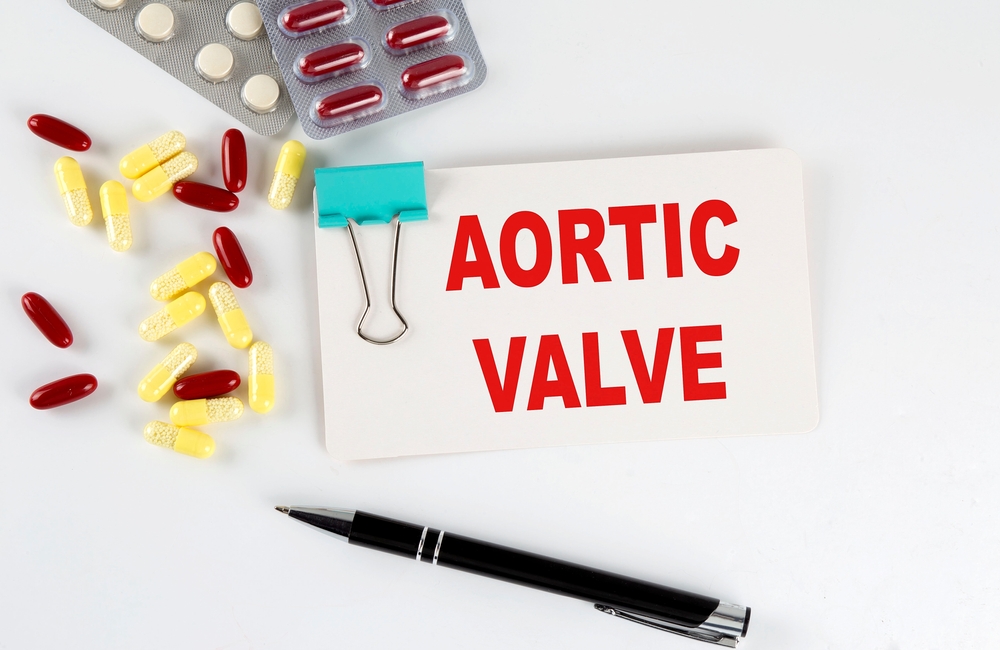Arq. Bras. Cardiol. 2024; 121(7): e20240302
Unlocking Transcatheter Aortic Valve Replacement Expertise in Brazil: Lessons from National Data
This Short Editorial is referred by the Research article "Learning Curve for In-Hospital Mortality of Transcatheter Aortic Valve Replacement: Insights from the Brazilian National Registry".
Procedural outcomes in cardiology, as in other fields in Medicine, are influenced by numerous factors, including patient characteristics, procedural intricacy, operator proficiency, available technological differentiation, and healthcare resources. Higher volume centers report better results for many procedures, though the extent of that benefit varies depending on the procedure’s complexity. The more complex the procedure the higher the relationship between experience and outcomes. Additionally, each procedure has its learning curve (LC), both at individual and group levels, which adds density to the assessment. From an academic standpoint, an LC defines the relationship between performance (learning) and practice (effort). In health training, this learning process typically follows a non-linear pattern initially marked by a steep slope as the basics of the procedure are acquired, followed by an inflection point where the learning rate decelerates. Eventually, it reaches an asymptotic expression, representing the plateau phase of high proficiency. Understanding how a procedure’s LC behaves is important because it provides valuable insights for scientific societies and healthcare regulatory authorities in defining the competency requirements for practitioners and assisting decision-makers in effective resource allocation. Most importantly, it plays a critical role in maintaining high standards of care.
In the field of cardiovascular interventions, the LC phenomenon has extensively been verified, from cardiac surgery to coronary percutaneous intervention, and more recently, transcatheter aortic valve replacement (TAVR).4-7 Despite conflicting results from different series, researchers have consistently recognized a pattern in the LC of TAVR. This pattern depicts an early phase where procedure efficiency and safety outcomes steeply increase with increasing experience, followed by flattening out and eventual consolidation phases.
[…]
238

